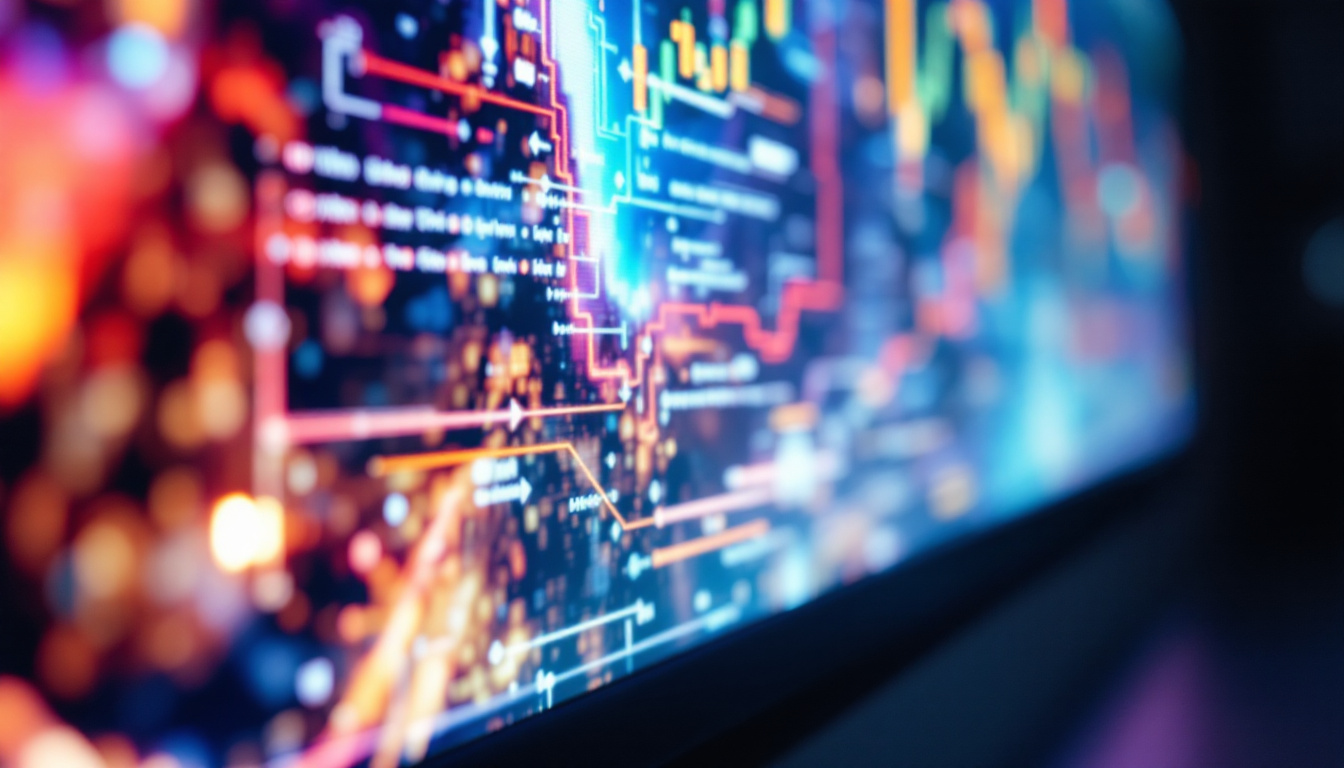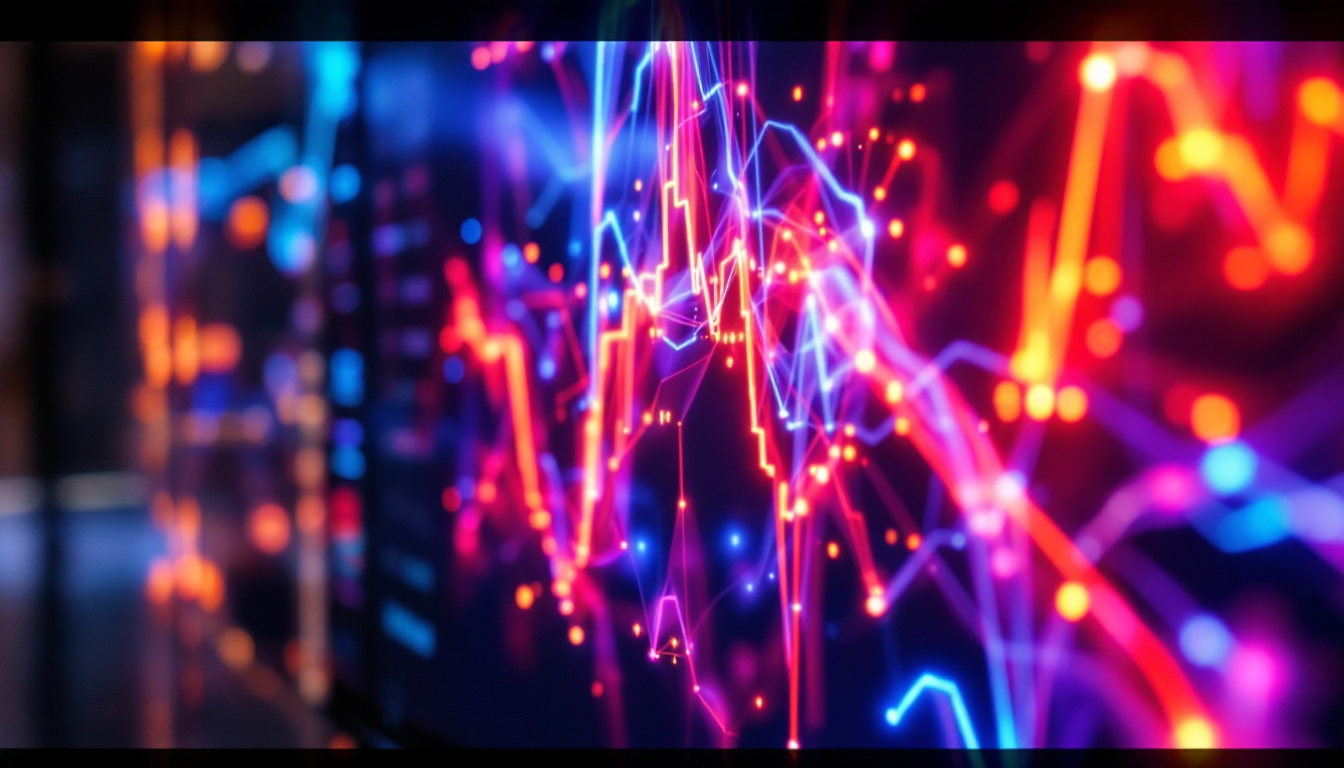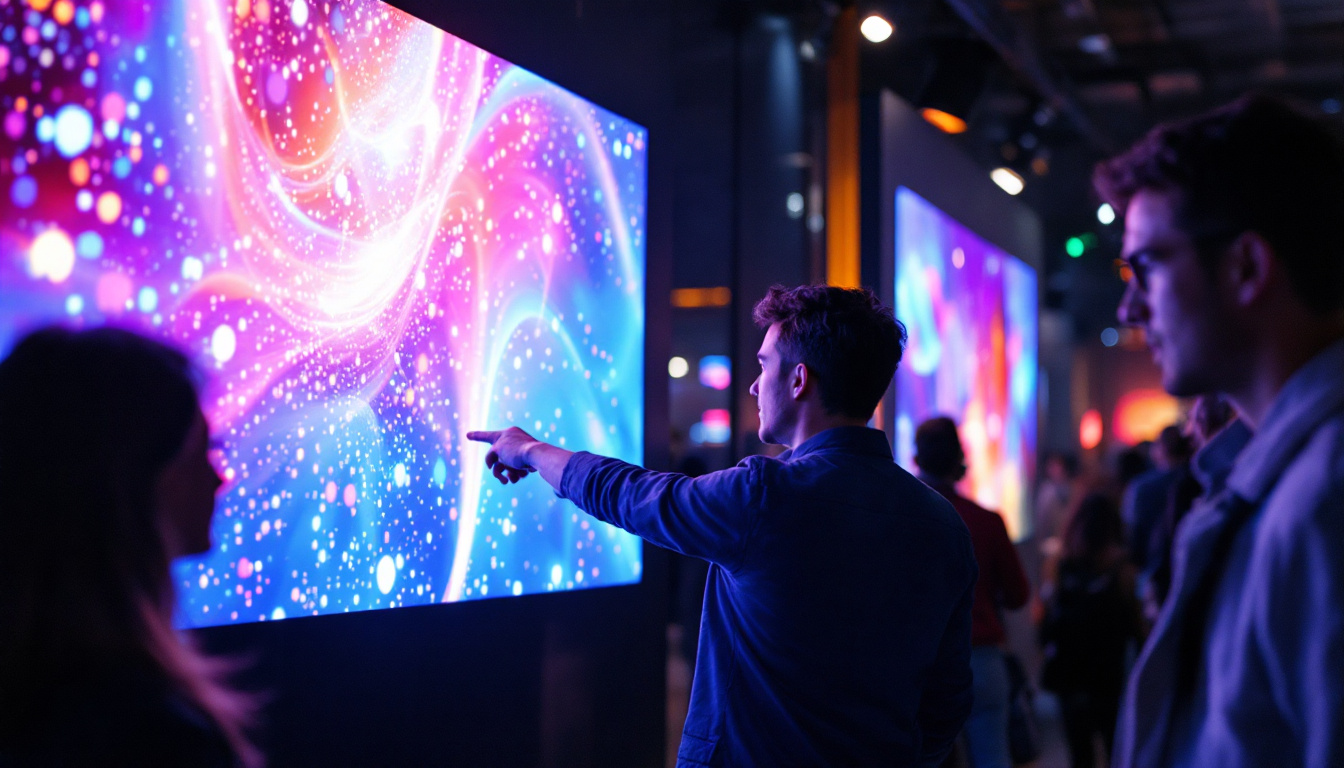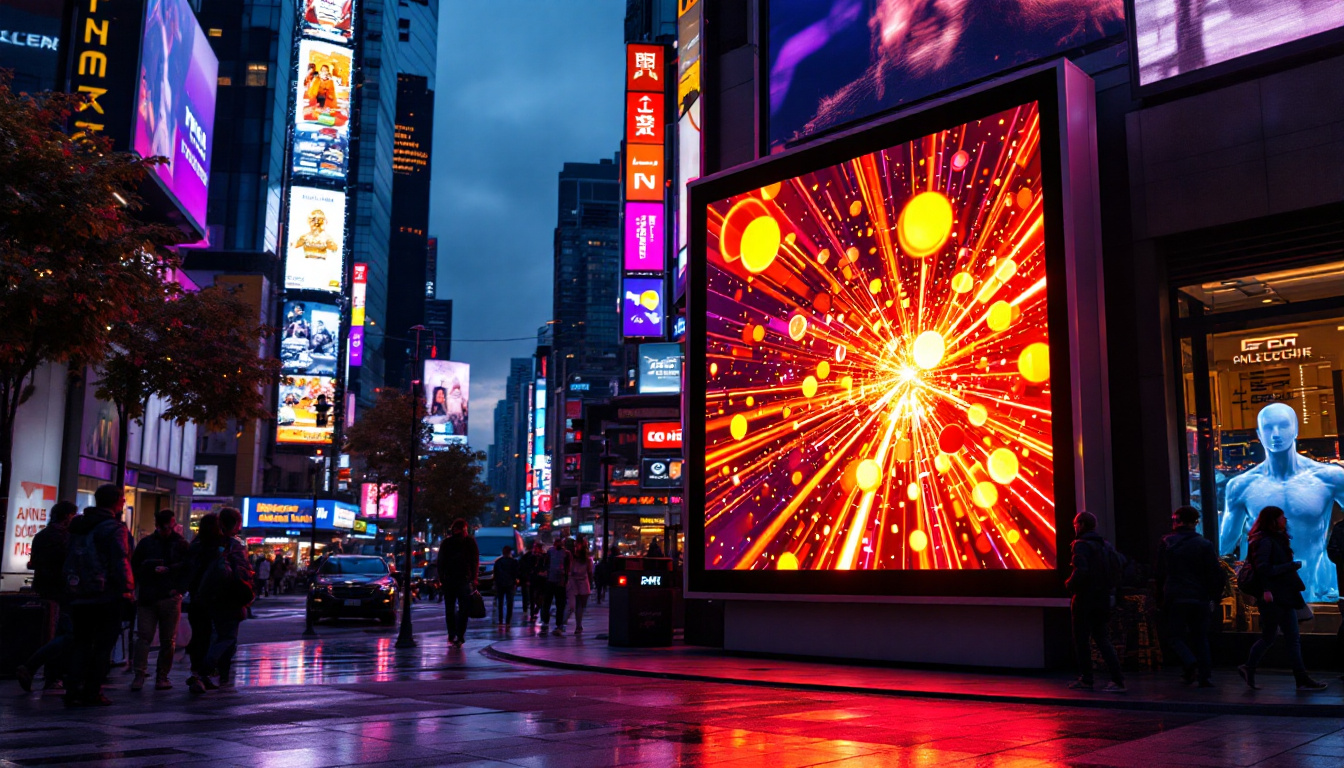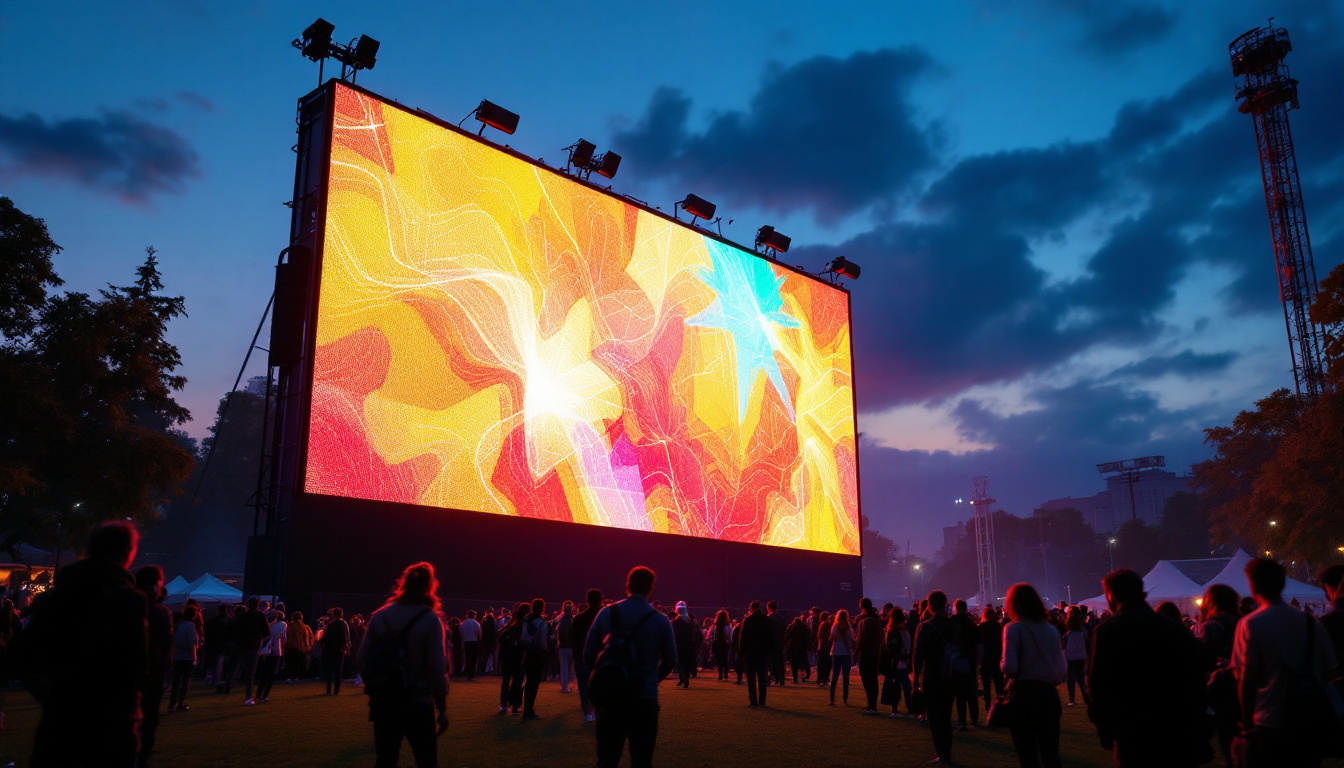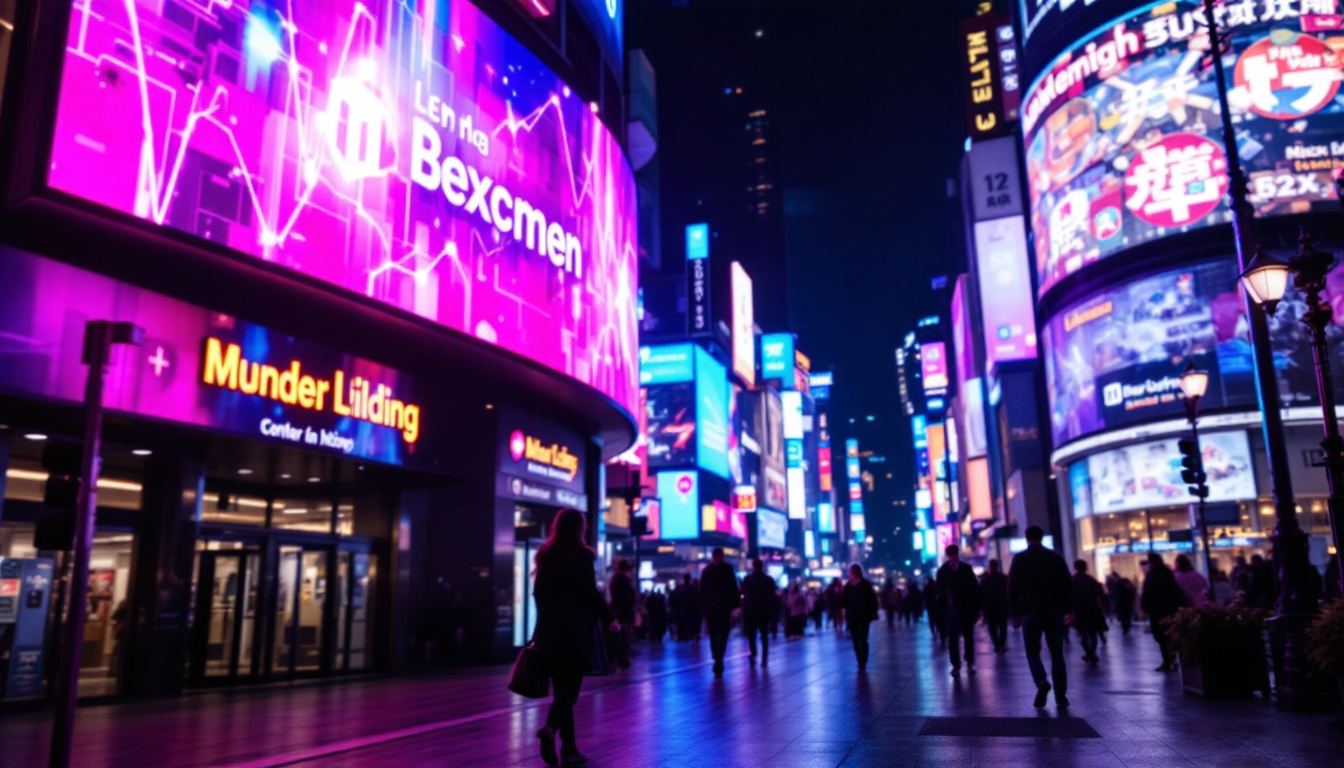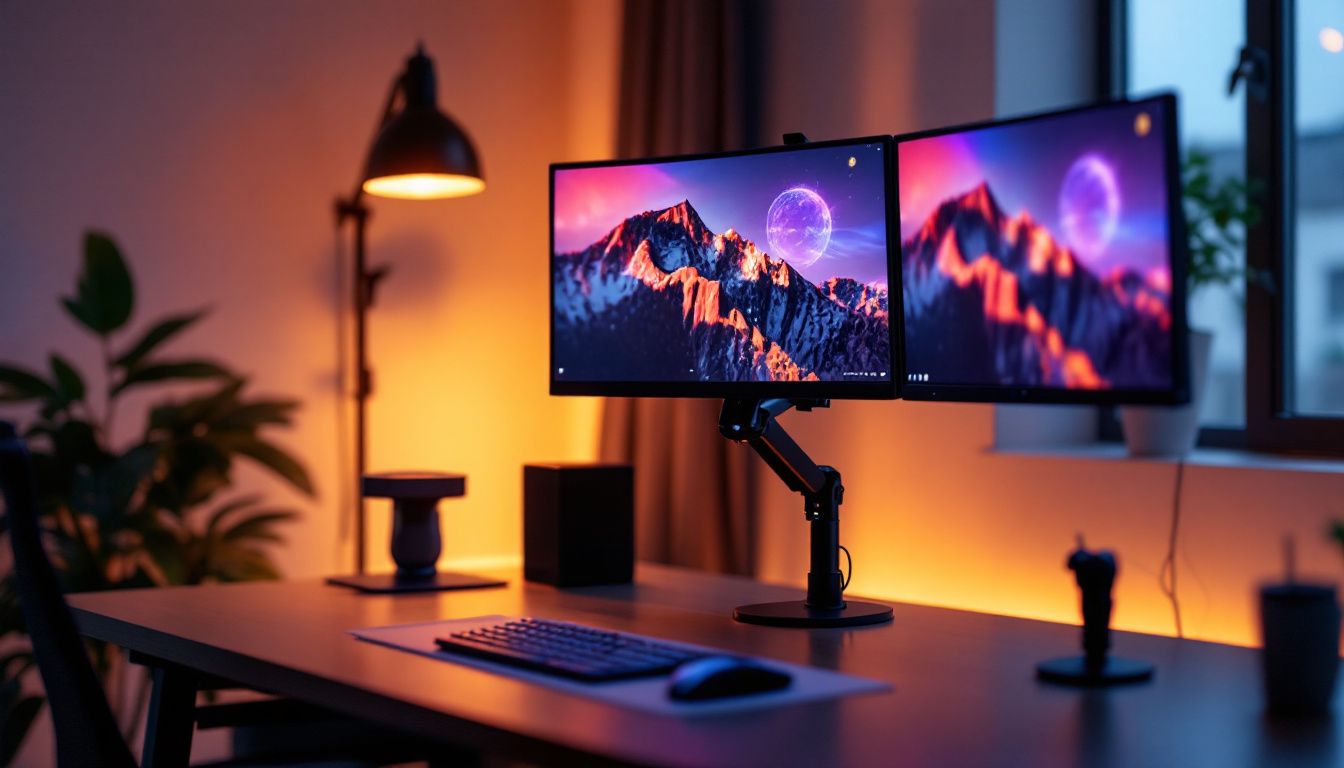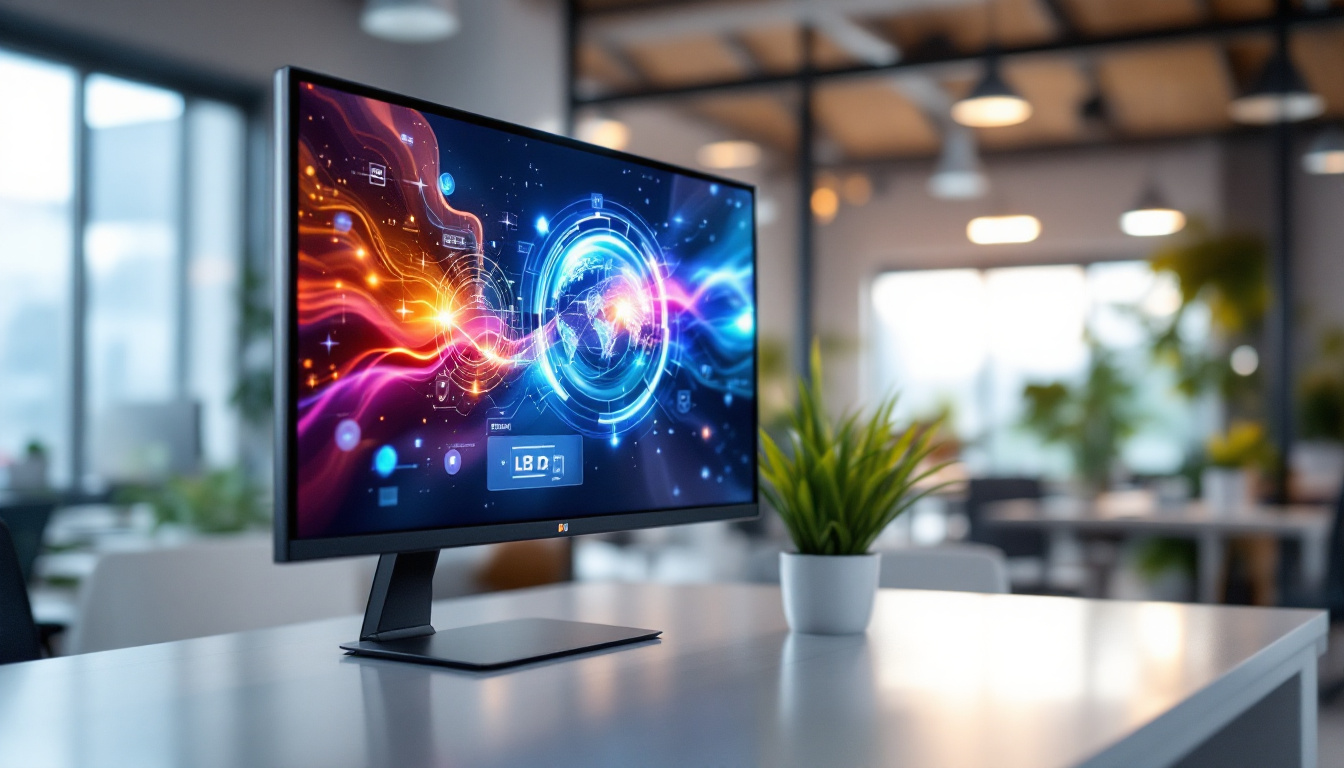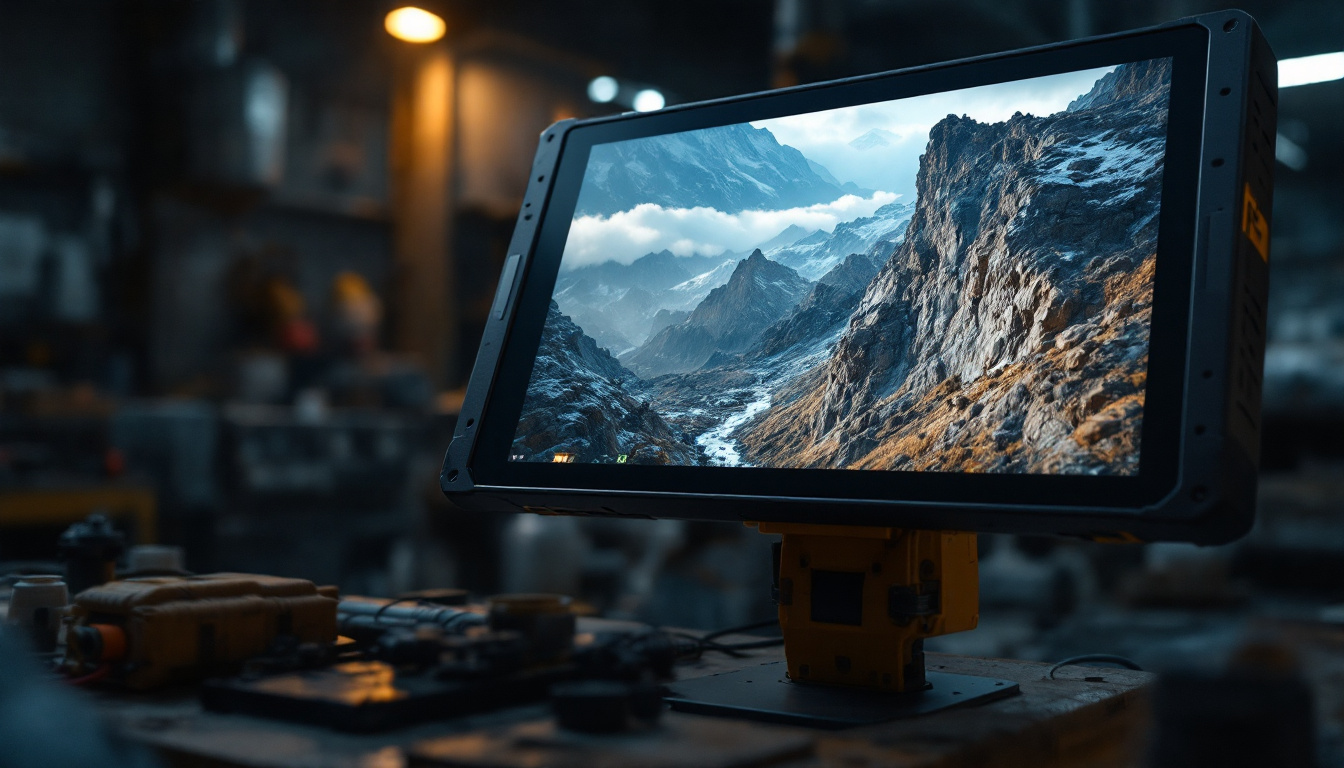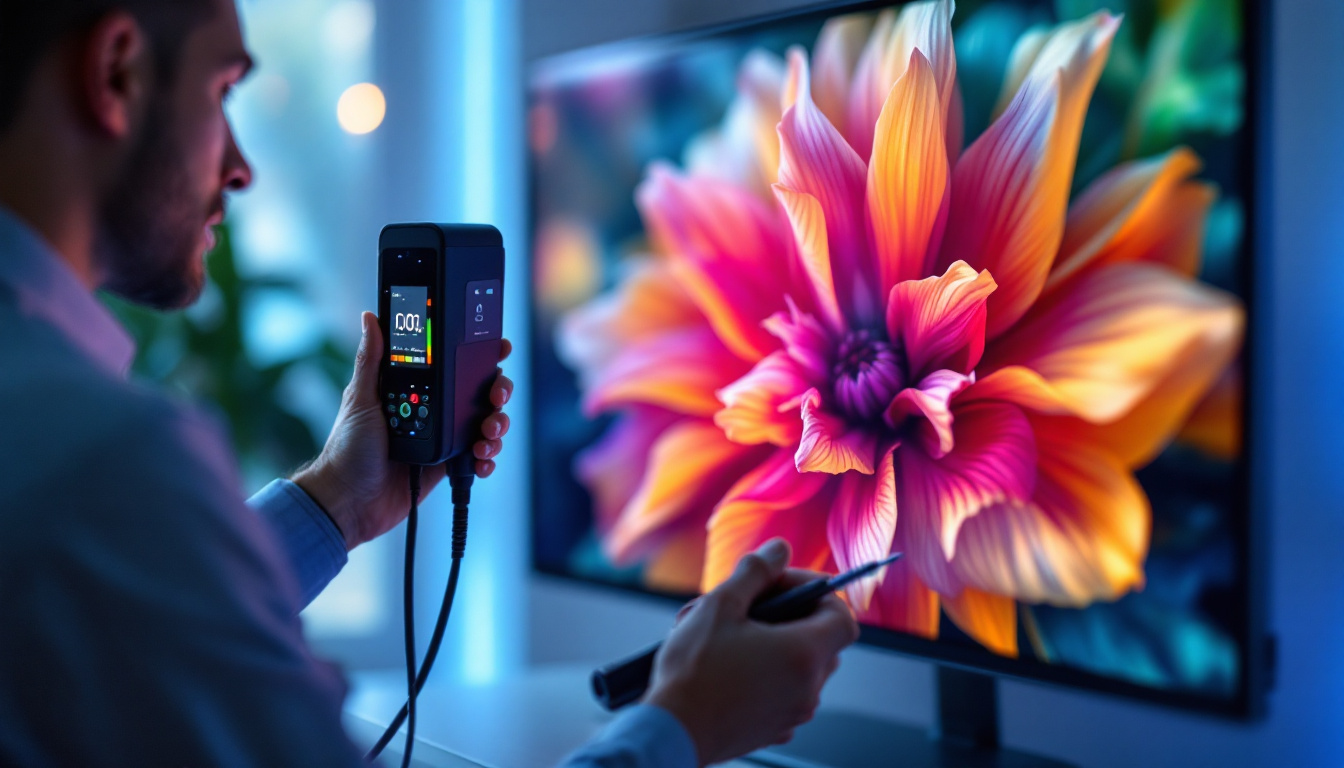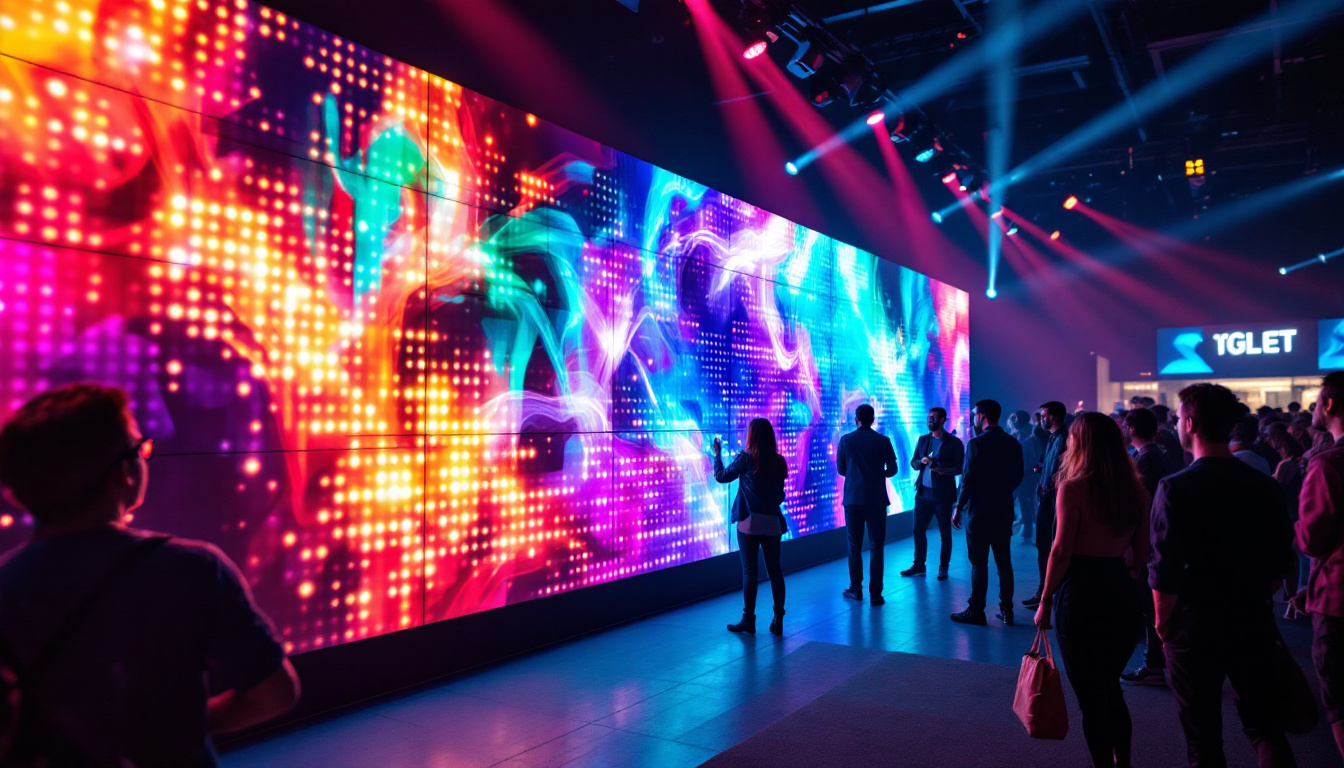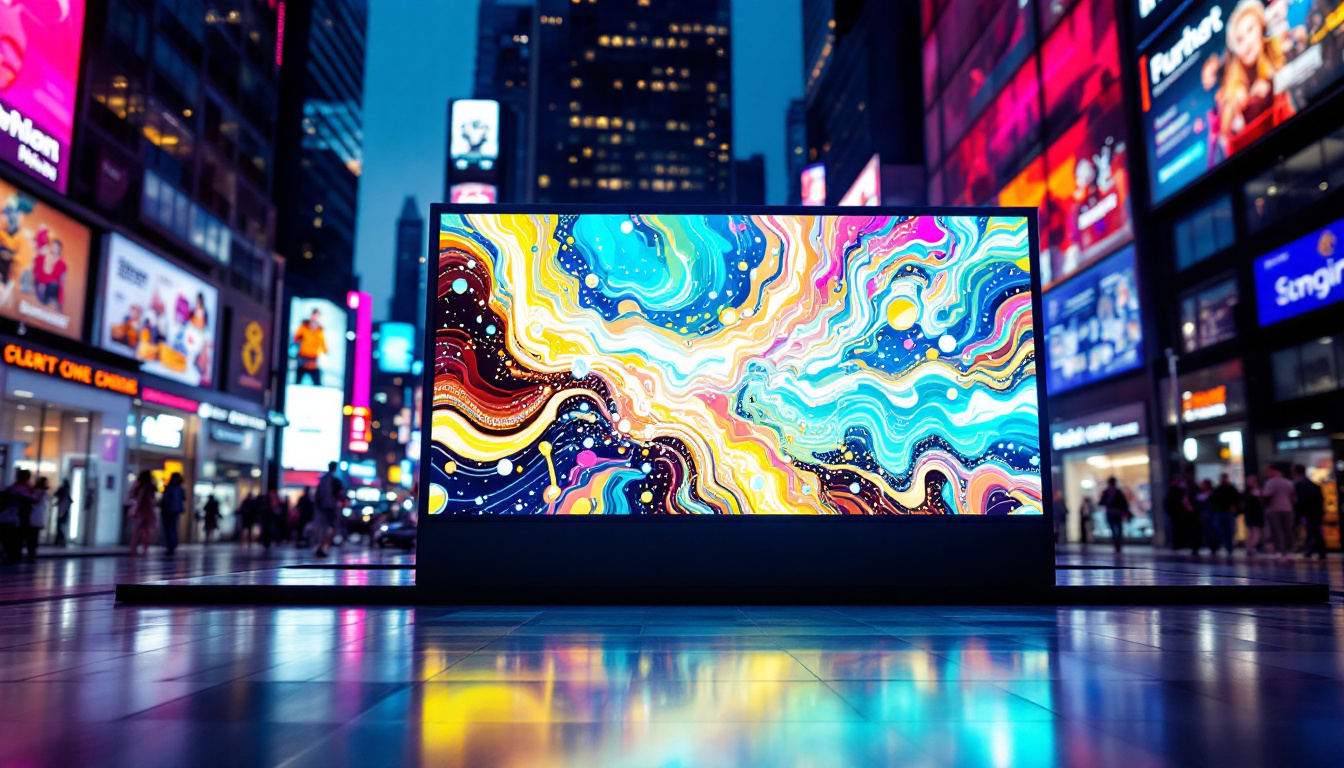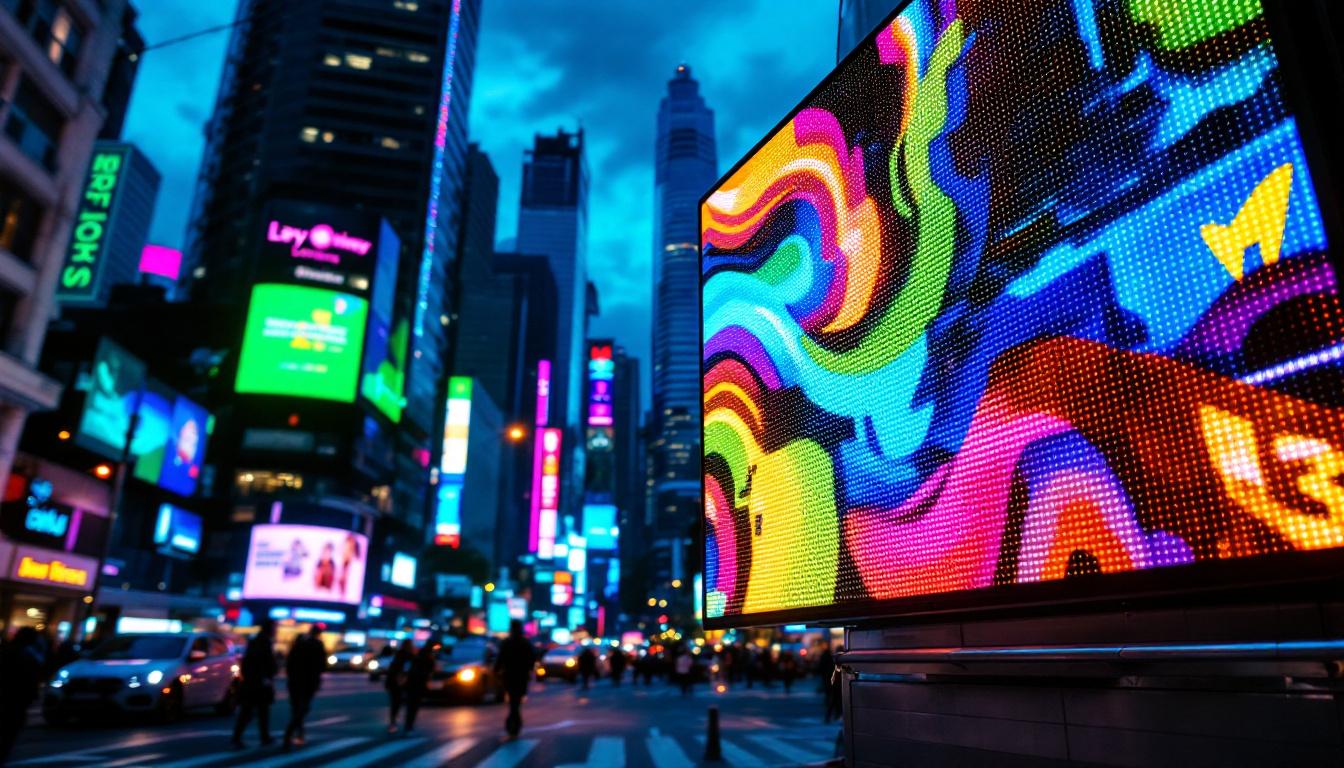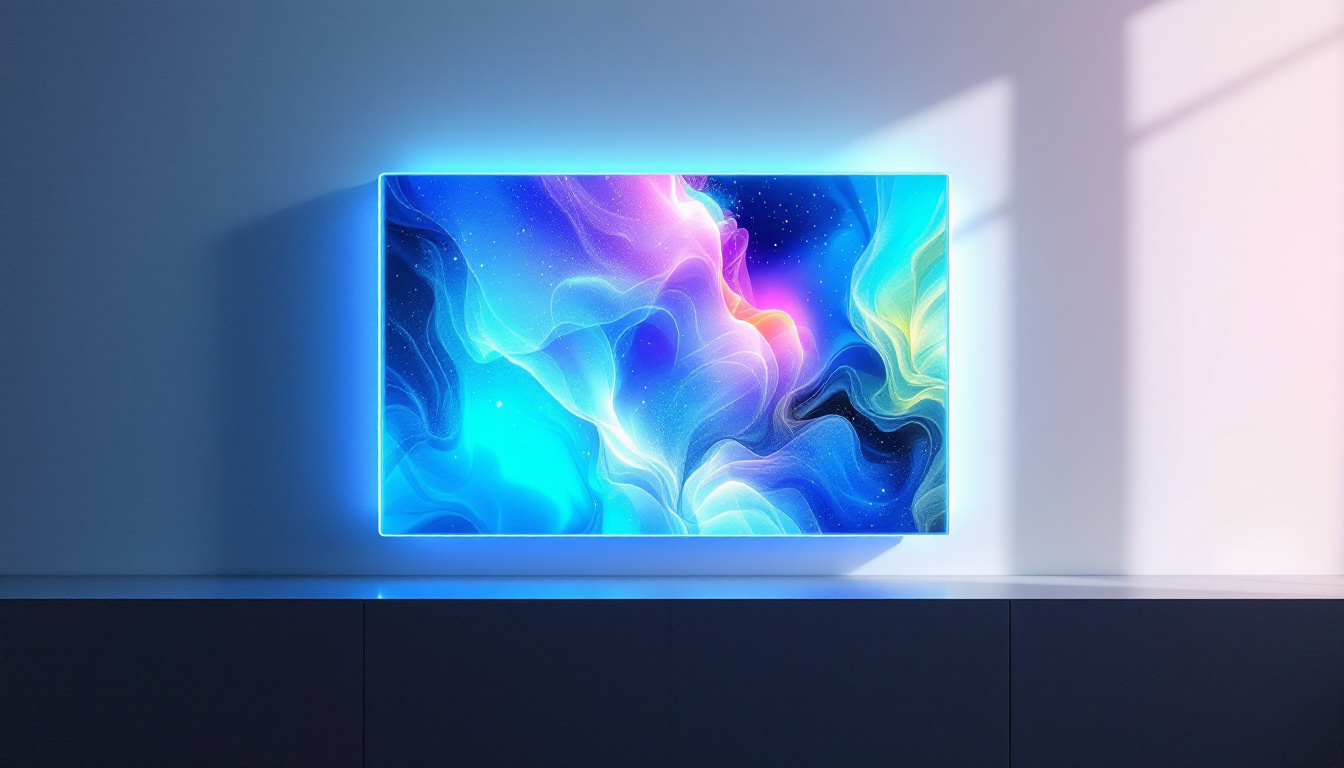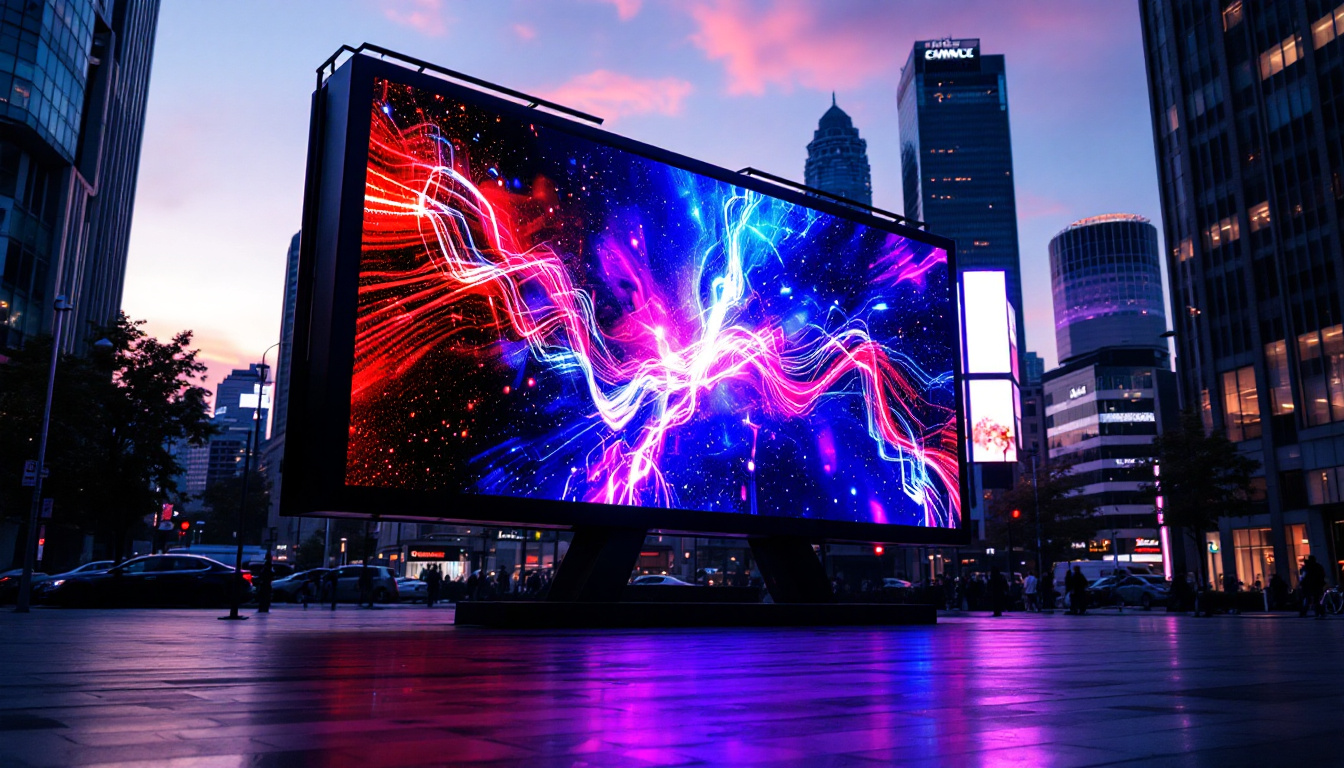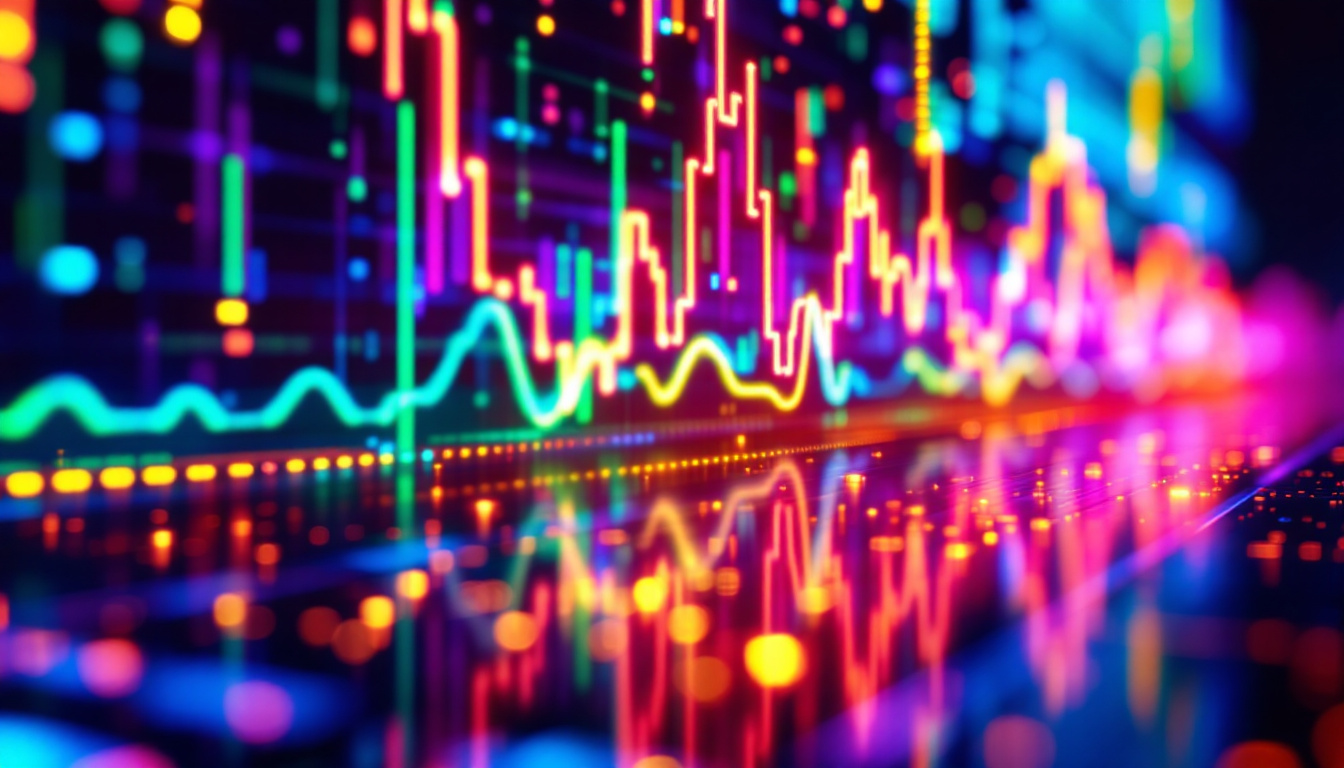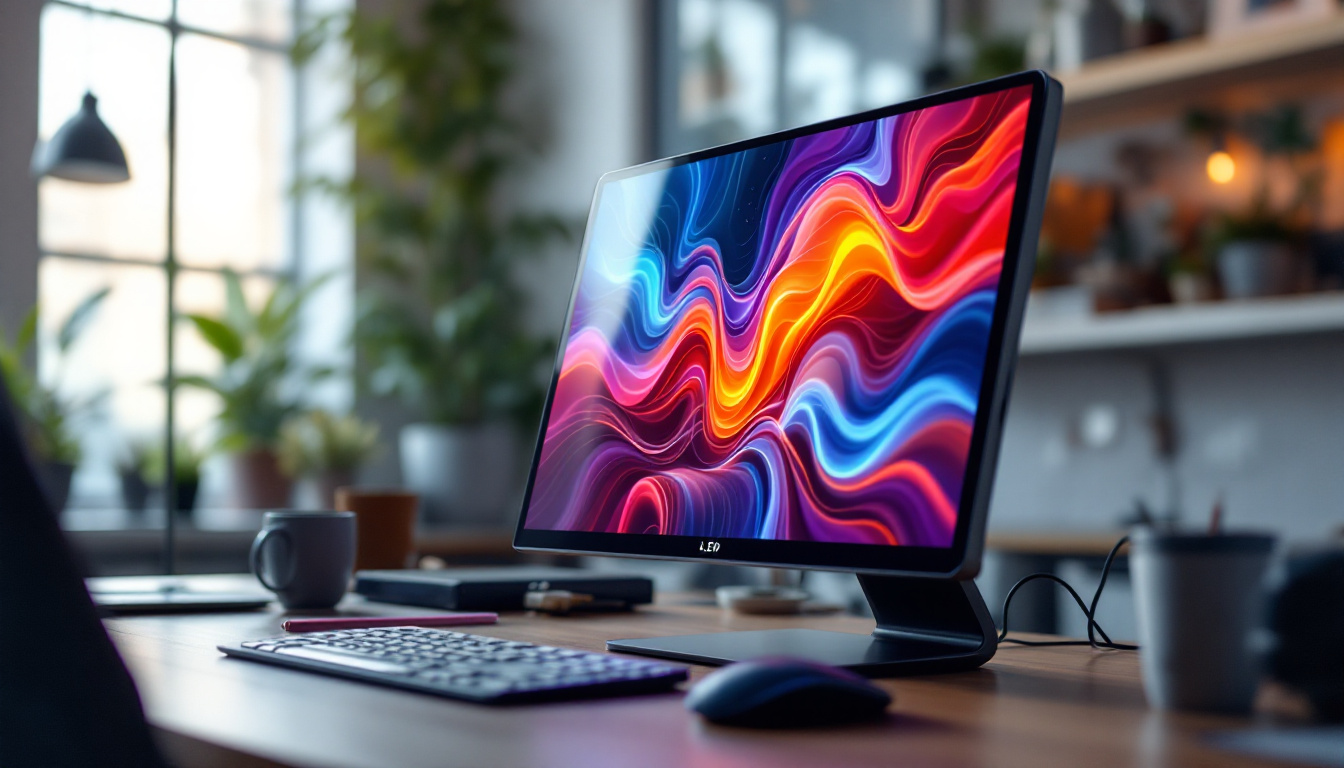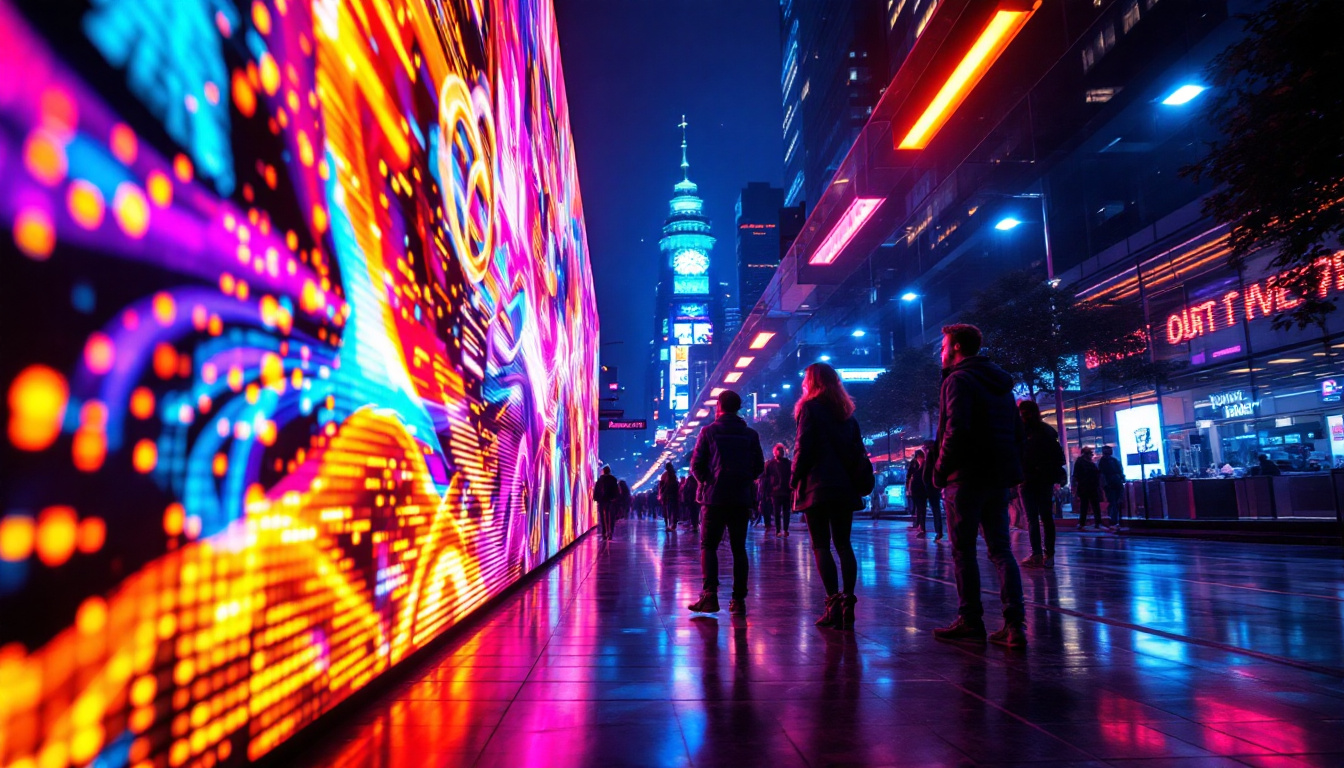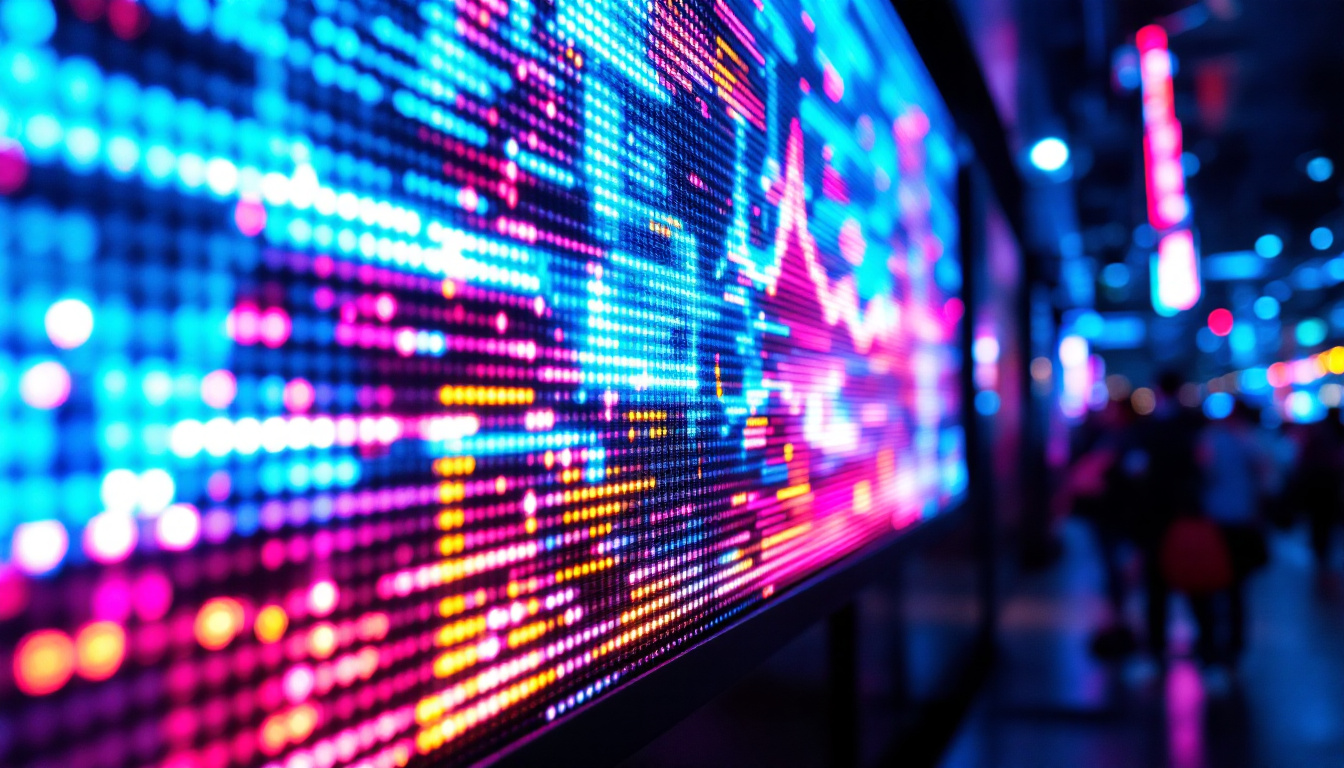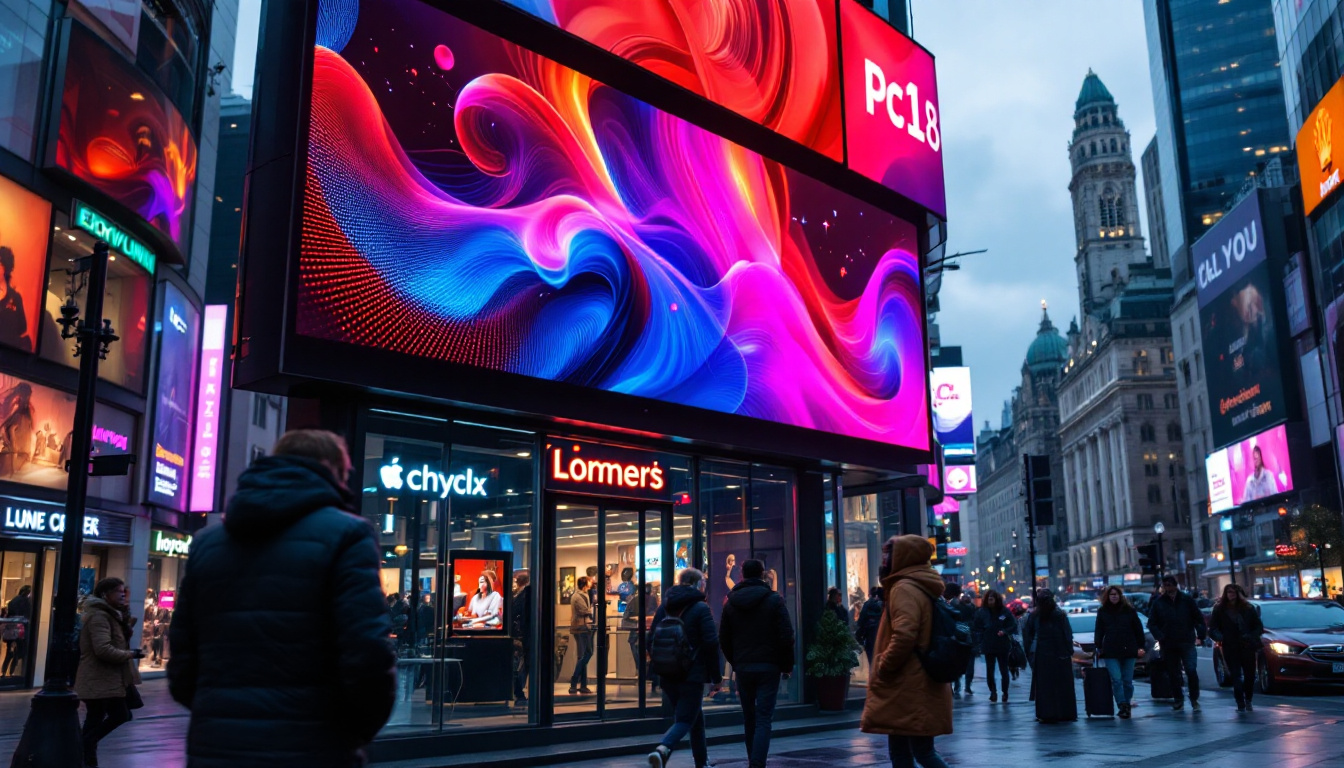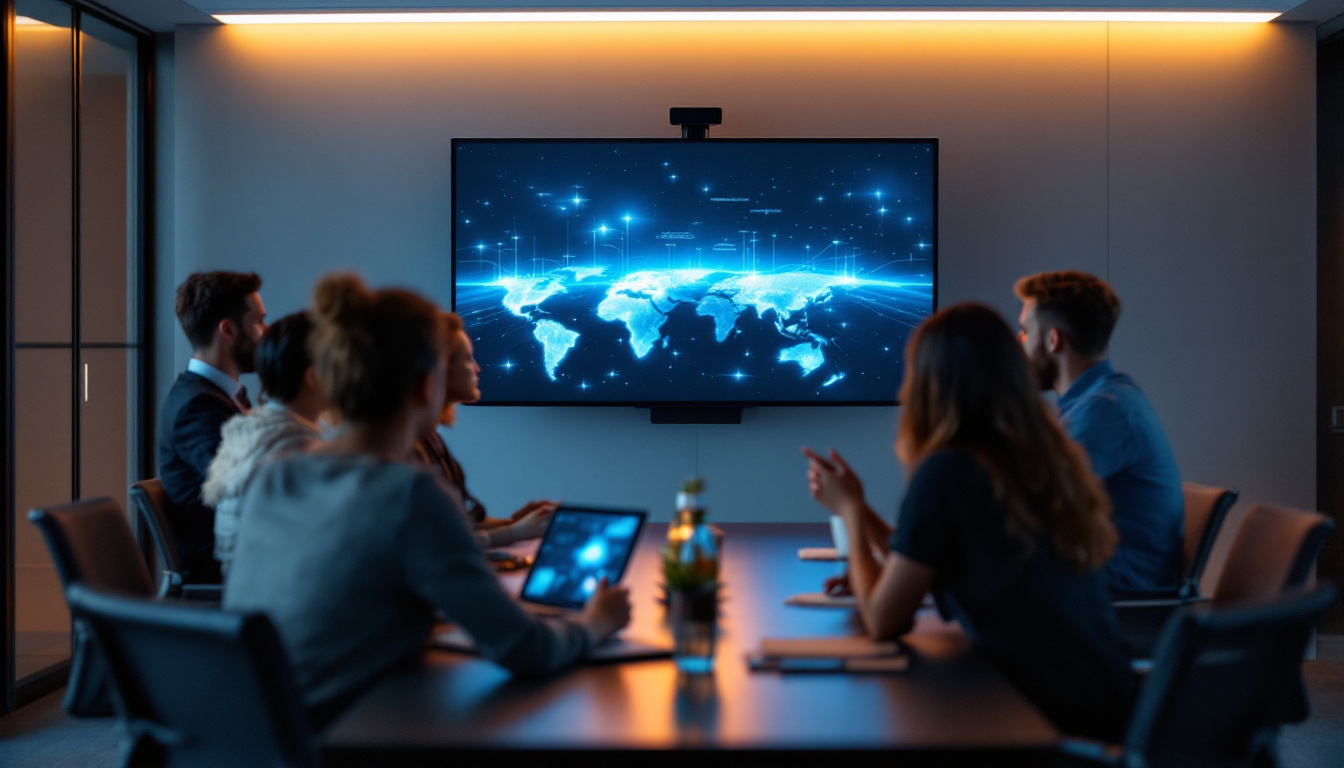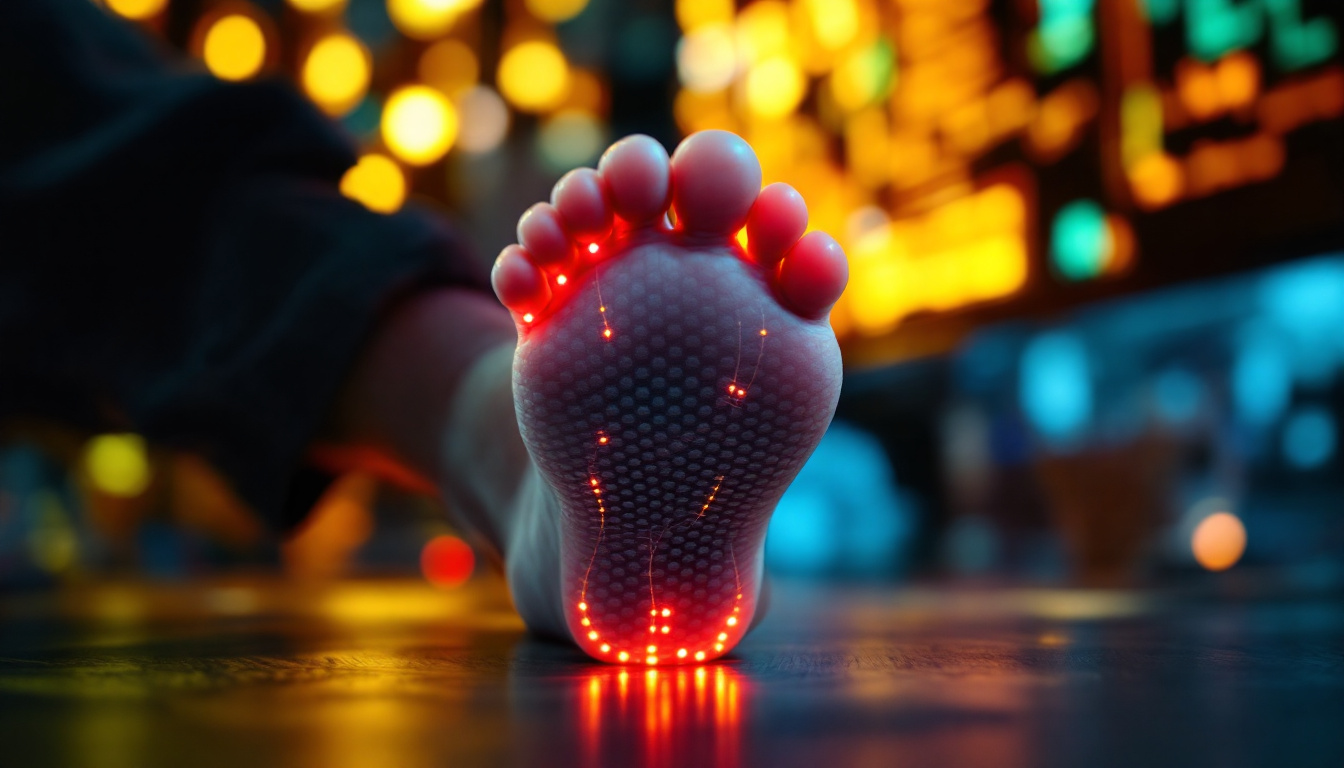Desktop Screen: LED Display Explained
In the modern world of technology, the desktop screen has become an indispensable tool for both personal and professional use. Among the various types of displays available, LED (Light Emitting Diode) screens have gained immense popularity due to their superior performance and energy efficiency. This article delves into the intricacies of LED displays, exploring their technology, advantages, and applications in everyday life.
Understanding LED Technology
LED technology has revolutionized the way screens are designed and manufactured. Unlike traditional LCD screens that rely on fluorescent backlighting, LED displays utilize semiconductor materials to produce light. This fundamental difference not only enhances the brightness and color accuracy of the display but also contributes to its overall efficiency. The compact nature of LEDs allows for thinner screens, enabling sleek designs that are increasingly popular in modern consumer electronics.
How LED Displays Work
At the core of an LED display are tiny diodes that emit light when an electric current passes through them. These diodes can be arranged in various configurations, such as edge-lit or backlit, to create a vibrant and dynamic image. In edge-lit displays, LEDs are placed along the edges of the screen, while backlit displays feature LEDs distributed across the entire panel. This arrangement allows for better color uniformity and contrast. Additionally, advancements in technology have led to the development of mini-LED and micro-LED displays, which offer even greater control over local dimming and color accuracy, pushing the boundaries of visual performance.
Moreover, LED displays can be classified into two main types: OLED (Organic Light Emitting Diode) and traditional LED. OLED technology offers deeper blacks and a wider color gamut, making it a preferred choice for high-end displays. On the other hand, traditional LED displays are more commonly used in budget-friendly options. The self-emissive nature of OLED panels means that each pixel can turn on and off independently, resulting in stunning contrast ratios that are particularly noticeable in dark scenes. This capability has made OLED a favorite among filmmakers and gamers who seek the best visual experience.
Key Components of LED Displays
Understanding the components of an LED display can provide insights into its performance. The primary elements include:
- LED Backlight: This is the source of illumination for the display, significantly impacting brightness and color accuracy.
- Liquid Crystal Layer: In LCD-based LED displays, this layer modulates the light from the backlight to create images.
- Control Circuitry: This component manages the operation of the display, ensuring that images are rendered accurately.
In addition to these core components, the quality of the display is also influenced by the materials used in the construction of the screen. High-quality glass or plastic substrates can enhance durability and reduce glare, while advanced coatings can improve touch sensitivity and reduce fingerprints. Furthermore, the integration of smart technology into LED displays has opened up new possibilities, allowing for features such as voice control, streaming capabilities, and connectivity with other smart devices, making them not just a window to the visual world but a central hub for entertainment and information.
Advantages of LED Displays
LED displays offer a multitude of advantages that make them a preferred choice for consumers and businesses alike. Their unique characteristics contribute to a superior viewing experience and operational efficiency.
Energy Efficiency
One of the most significant benefits of LED displays is their energy efficiency. Compared to traditional LCDs and CRTs (Cathode Ray Tubes), LED screens consume considerably less power. This not only reduces electricity bills but also minimizes the environmental impact, making them a more sustainable option. Additionally, the lower energy consumption of LED displays means they generate less heat, which can lead to reduced air conditioning costs in commercial settings, further enhancing their appeal for businesses looking to optimize operational expenses.
Superior Image Quality
LED displays are renowned for their exceptional image quality. With higher brightness levels, deeper blacks, and a wider color spectrum, they provide a more immersive viewing experience. This is particularly evident in applications such as gaming, graphic design, and video editing, where color accuracy and contrast are paramount. Moreover, advancements in technology have led to the development of features like HDR (High Dynamic Range) and 4K resolution, which elevate the visual experience even further, allowing viewers to enjoy stunning detail and vibrant colors that bring content to life in a way that was previously unimaginable.
Longevity and Durability
LED displays are built to last. The lifespan of an LED screen can extend up to 50,000 hours or more, significantly outpacing traditional display technologies. This durability translates into lower replacement costs and less electronic waste, making LED displays a wise investment for both consumers and businesses. Furthermore, their robust construction makes them resistant to shocks and vibrations, which is particularly beneficial in dynamic environments such as retail displays or outdoor advertising. This resilience ensures that businesses can rely on their LED displays to maintain a consistent performance over time, even in challenging conditions.
Versatility in Applications
Another notable advantage of LED displays is their versatility in various applications. From large-scale outdoor billboards to sleek indoor screens, LED technology can be adapted to meet the needs of different environments and audiences. This flexibility allows businesses to create eye-catching displays that can convey messages effectively, whether in a stadium, shopping mall, or corporate office. Furthermore, the modular nature of many LED systems enables easy customization in size and shape, allowing for creative installations that can enhance branding and customer engagement.
Enhanced Viewing Angles
LED displays also provide enhanced viewing angles, ensuring that the content is visible from a wider range of positions. This characteristic is particularly advantageous in public spaces or large venues where audiences may be seated at various angles. Unlike some traditional display technologies that suffer from color distortion or reduced brightness when viewed from the side, LED displays maintain their quality, allowing everyone to enjoy a consistent and vibrant viewing experience. This feature is essential for applications such as live events, where audience engagement is crucial, and every viewer should have the best possible sightline to the content being presented.
Applications of LED Displays
The versatility of LED displays allows them to be utilized in a wide range of applications. From personal computing to large-scale advertising, their impact is felt across various sectors.
Home and Office Use
In homes and offices, LED displays are commonly used for monitors, televisions, and laptops. Their sleek design and high performance make them ideal for everyday tasks such as browsing the internet, streaming videos, and conducting video conferences. The vibrant colors and sharp images enhance productivity and enjoyment.
Advertising and Signage
LED displays have become a staple in advertising due to their ability to capture attention. Digital billboards and signage leverage the brightness and clarity of LED technology to convey messages effectively. These displays can be easily updated, allowing businesses to promote products and services in real-time.
Medical and Industrial Applications
In specialized fields such as medicine and industry, LED displays are used in equipment that requires precise imaging. For instance, medical monitors rely on LED technology to provide clear and accurate representations of patient data. Similarly, industrial applications utilize LED displays for monitoring systems and control panels, ensuring reliability and efficiency.
Choosing the Right LED Display
With a plethora of options available, selecting the right LED display can be a daunting task. Several factors should be considered to ensure that the chosen display meets the specific needs of the user.
Screen Size and Resolution
Screen size and resolution are critical factors when choosing an LED display. Larger screens provide a more immersive experience, while higher resolutions, such as 4K or 8K, offer finer details and sharper images. Users should assess their space and intended use to determine the optimal size and resolution.
Refresh Rate and Response Time
For gamers and video editors, refresh rate and response time are essential specifications. A higher refresh rate results in smoother motion, while a lower response time minimizes blurring during fast-paced scenes. These features are particularly important for those engaging in high-performance tasks.
Connectivity Options
Modern LED displays come equipped with various connectivity options, including HDMI, DisplayPort, and USB-C. Ensuring compatibility with existing devices is crucial for seamless integration. Additionally, features such as built-in speakers and USB hubs can enhance the overall user experience.
Future Trends in LED Display Technology
The landscape of LED display technology is continuously evolving, with innovations that promise to enhance performance and functionality. Keeping an eye on emerging trends can provide insights into the future of this technology.
MicroLED Technology
MicroLED is an exciting development in the realm of LED displays. This technology utilizes microscopic LEDs to create individual pixels, resulting in exceptional color accuracy and contrast. MicroLED displays are expected to offer even greater energy efficiency and flexibility in design, paving the way for new applications in consumer electronics.
Flexible and Transparent Displays
Another trend gaining traction is the development of flexible and transparent LED displays. These screens can be bent or curved, allowing for innovative designs in smartphones, wearables, and even architecture. Transparent displays hold the potential to revolutionize advertising and information dissemination in public spaces.
Enhanced Interactivity
As technology advances, the demand for interactive displays is on the rise. Future LED displays are likely to incorporate touch-sensitive technology, enabling users to engage directly with the screen. This interactivity can enhance user experience in applications ranging from retail to education.
Conclusion
LED displays have transformed the way we interact with technology, offering unparalleled performance, energy efficiency, and versatility. From personal use to industrial applications, their impact is profound and far-reaching. As technology continues to advance, the future of LED displays promises even more exciting developments, ensuring that they remain at the forefront of visual technology.
Understanding the nuances of LED displays can empower consumers to make informed choices, whether for personal enjoyment or professional needs. With their myriad advantages and applications, LED displays are undoubtedly a cornerstone of modern technology.
Discover LumenMatrix’s Innovative LED Display Solutions
As you consider the vast potential and applications of LED displays, LumenMatrix stands at the forefront of this transformative technology. With a commitment to innovation and quality, LumenMatrix offers an extensive range of LED display modules tailored to a variety of needs, from enhancing brand visibility to creating immersive visual experiences. Whether you’re interested in Indoor LED Walls, Outdoor Displays, or Custom LED Solutions, LumenMatrix has the expertise to bring your vision to life. Elevate your visual communication and engage your audience like never before. Check out LumenMatrix LED Display Solutions today and see the difference cutting-edge technology can make.

